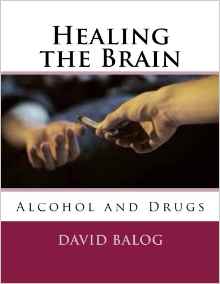All the major psychiatric illnesses disproportionately hit the young, and particularly college
age. “The average age of onset of bipolar illness is 17, 18, 19. All of the major psychiatric illnesses are illnesses of youth,” Jamison said. “It’s not like cardiac disease, it’s not like dementia, it’s not like cancer, which disproportionately hit older people. All the major psychiatric illnesses disproportionately hit the young, and particularly college age.”
Jamison said it’s also important to note that depression and mania are not modern ailments. Hippocrates described mania and melancholia extremely well in about 500 B.C., she said, as did the authors of ancient Persian and Chinese texts. “Depression and mania are complex and multifaceted disorders,” said Dr. Jamison in a talk at Vanderbilt University in 2017. (www.Vanderbilt.edu)
“When we talk about these illnesses, we’re not just talking about illnesses of mood,” she said. “We’re talking about illnesses of energy and sleep and cognition—the ability to think clearly, the ability to reason.” This is particularly problematic on college campuses, she said, where the essence of what young people are doing is learning. “When you have illnesses that disrupt that capacity to learn, it can be very, very frightening,” she said. “Suicidal thinking is not uncommon, and unfortunately, suicide is not uncommon.”
Moods during depression includes hopelessness, irritability and apathy, she said. Mania, on the other hand, is the opposite in most ways. “When people are manic, they have an incredible amount of energy,” Jamison said. “They speak and think quickly, they need far less sleep than usual, they’re restless, irritable, and they show astonishingly bad judgment. They spend money they don’t have, and they impose their enthusiasms and convictions on others. They’re impulsive, reckless, and they impetuously start new projects and new relationships. “Mania, in short, is a high-voltage state,” she said. Bipolar disorder is very common, Jamison said.
Approximately one person out of 100 will develop a severe, classic form of the illness, and another 2-3 per cent of the population will experience a milder form. Some 15-20 per cent of people will have at least one episode of major depression in their lifetime. “These are not weird, bizarre diseases—these are common. Depression is known as ‘the common cold of psychiatry’ for good cause,” she said. Both depression and bipolar illness are genetic, she noted. Men and women are equally liable to bipolar illness, and women are about twice as likely to get depression. In addition, alcohol and drug abuse are very common among those who experience these disorders. The highest comorbidity in psychiatry is with bipolar illness and alcohol or drug abuse, she said.
Jamison spoke of her own struggle to come to terms with her bipolar illness and to accept the necessity of taking lithium to treat it.
Healing the Brain: Depression and Mental Illness gives readers a view of the remarkable human brain, its capabilities, and its vulnerabilities. A brain compromised by depression and other mental illnesses is tragic and in many cases increasingly treatable.
AVAILABLE ON AMAZON.COM






